Plant Trees

Happy Earth Month! Be the Change: Plant trees
About
Stay up to date on major announcements, exciting collaborations, and more.Visit our Newsroom
We make it simple for anyone to plant trees, and together we can make an incredible impact. Learn more
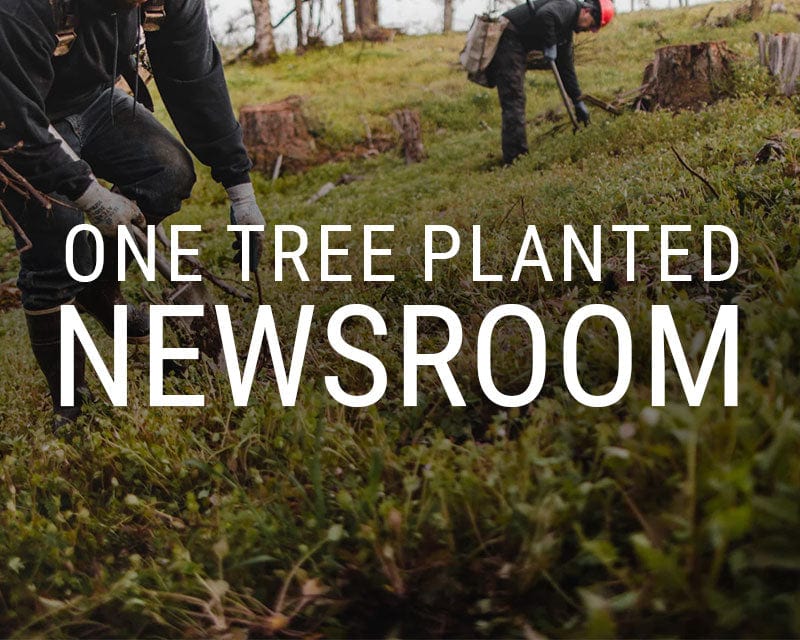
Stay up to date on major announcements, exciting collaborations, and more.Visit our Newsroom

We make it simple for anyone to plant trees, and together we can make an incredible impact. Learn more
Get Involved
Become a business partner to improve your company’s sustainability initiatives and make an impact. Learn more
See how your support and leadership can help us fund reforestation efforts across the globe. Learn more

Become a business partner to improve your company’s sustainability initiatives and make an impact. Learn more
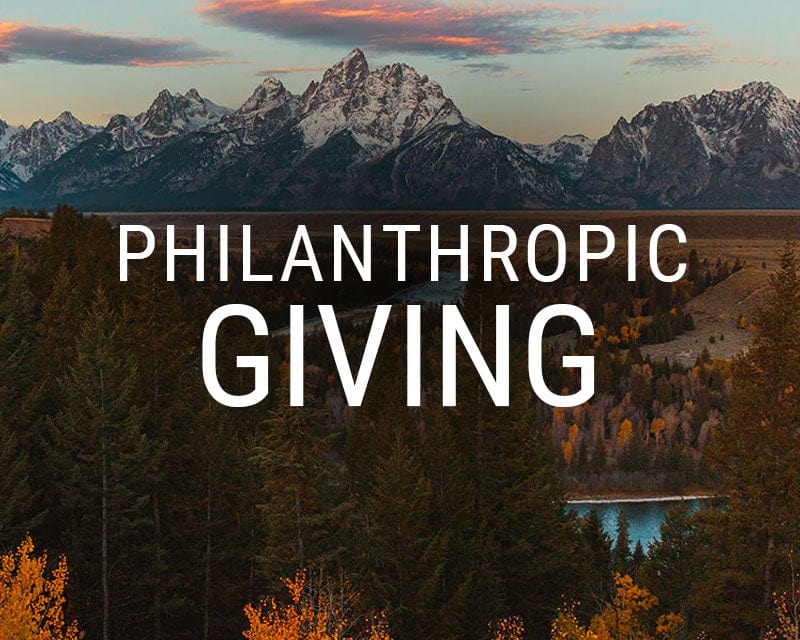
See how your support and leadership can help us fund reforestation efforts across the globe. Learn more
Learn
Read about stories from the field, interesting facts about trees and get your healthy dose of nature. Visit our blog
Comprised of lesson plans, learning modules, resources, and activities, our T.R.E.E.S. School Program is the perfect addition to your curriculum. Learn more
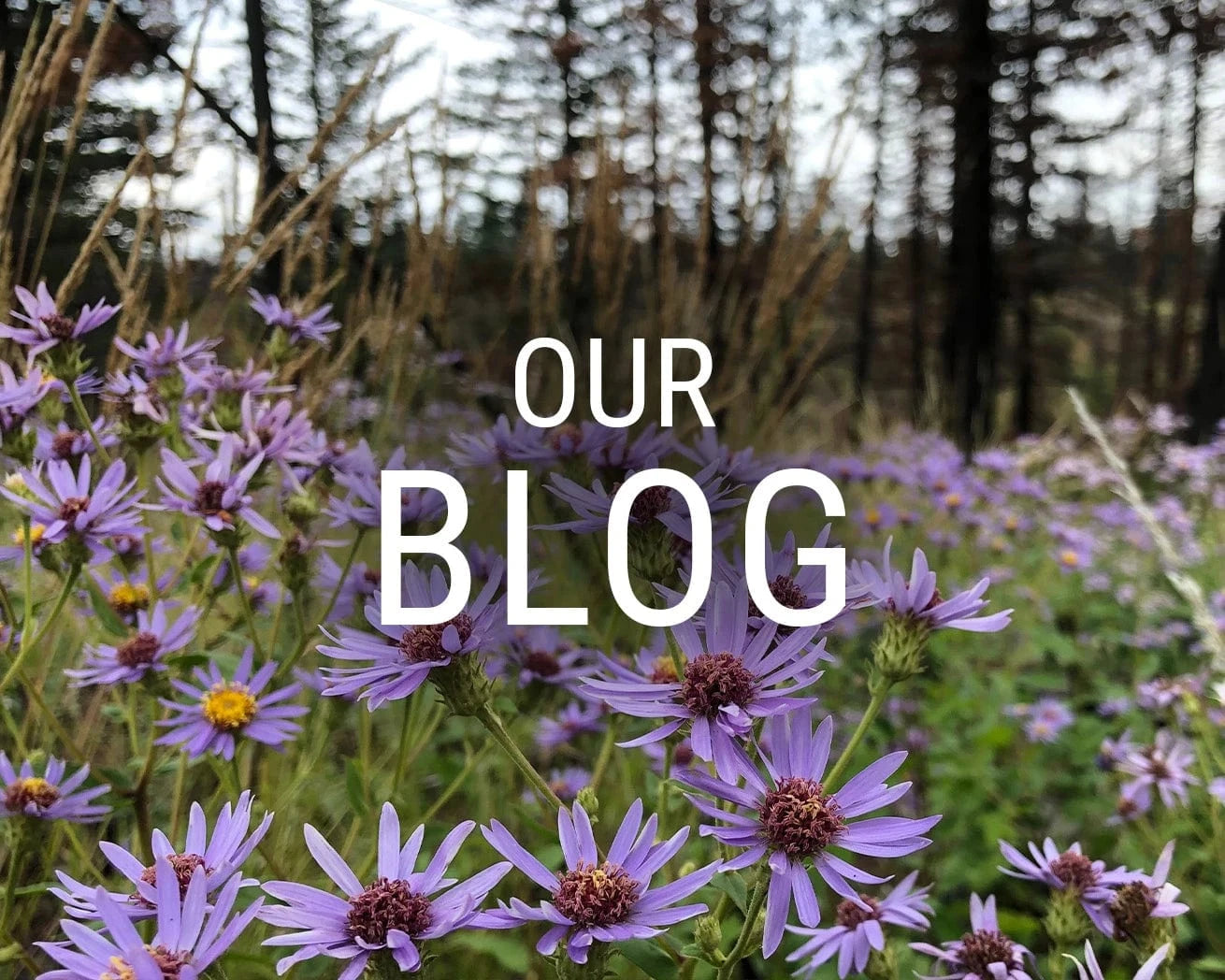
Read about stories from the field, interesting facts about trees and get your healthy dose of nature. Visit our blog
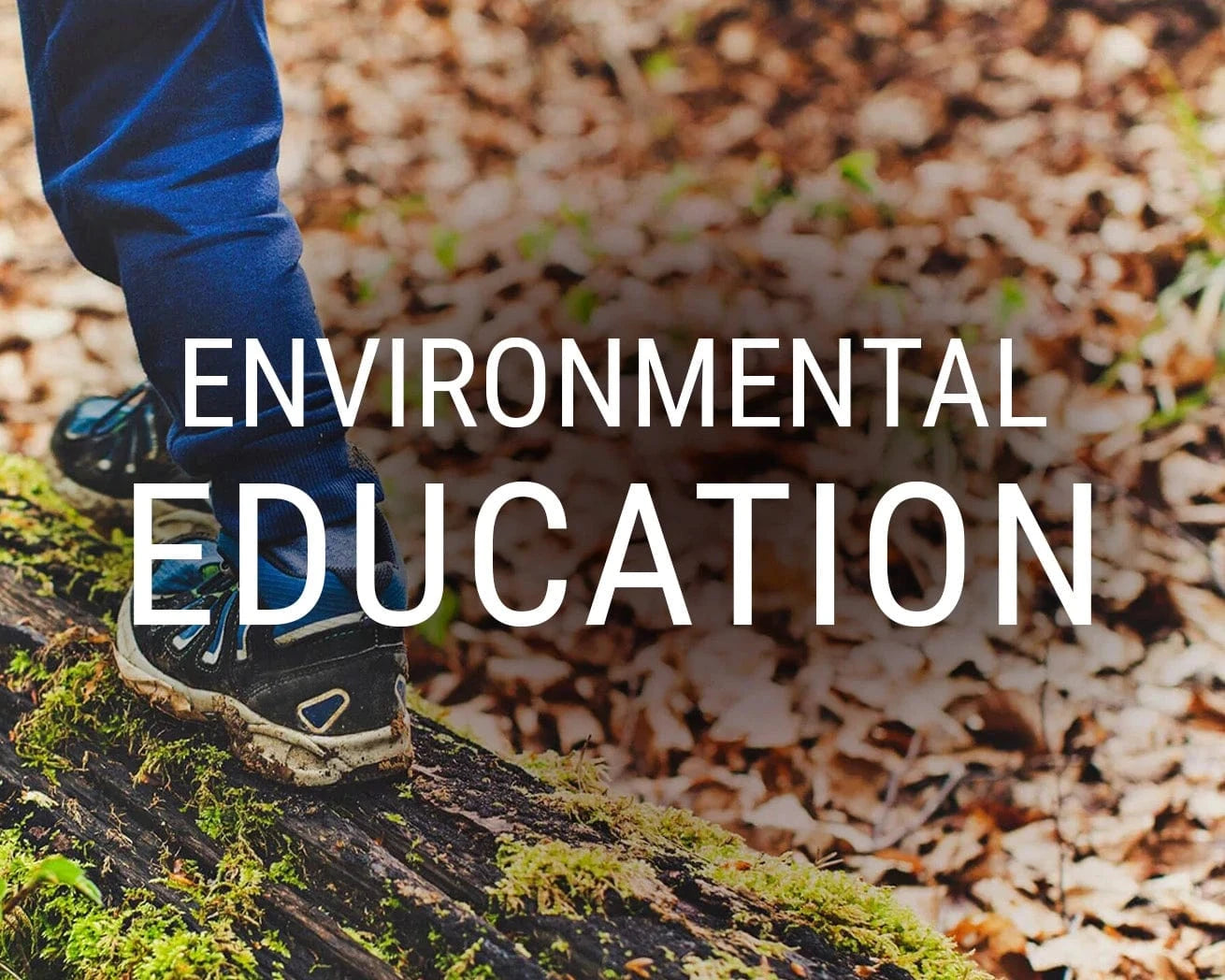
Comprised of lesson plans, learning modules, resources, and activities, our T.R.E.E.S. School Program is the perfect addition to your curriculum. Learn more
Shop
Our fan-favorite Reforestation T-Shirt. Wear it with pride to show your support of reforesting our planet, one tree at a time. Shop now
Give the gift that lasts a lifetime! Choose an image, write your personalized message and select a delivery date to gift a tree. Gift a tree
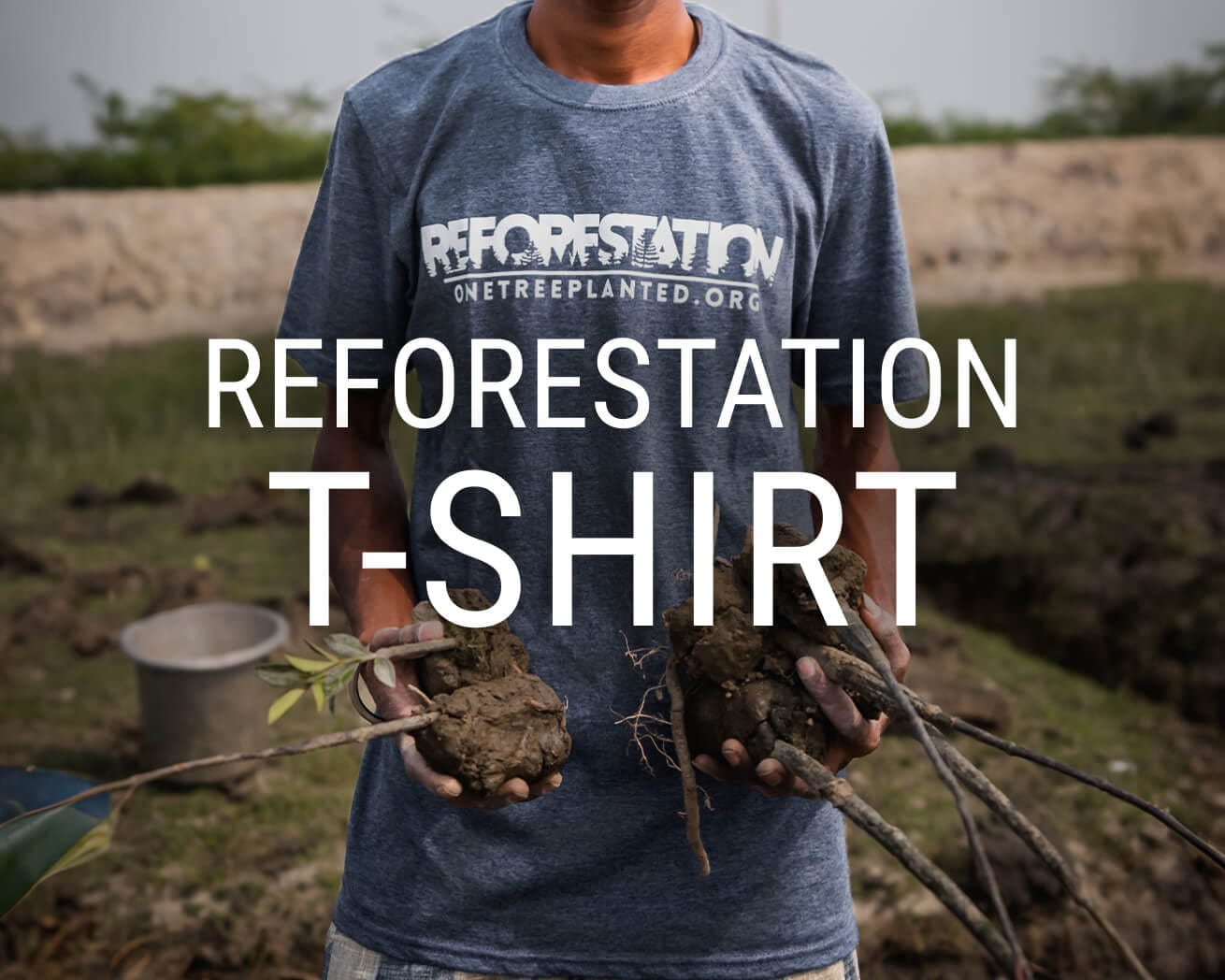
Our fan-favorite Reforestation T-Shirt. Wear it with pride to show your support of reforesting our planet, one tree at a time. Shop now
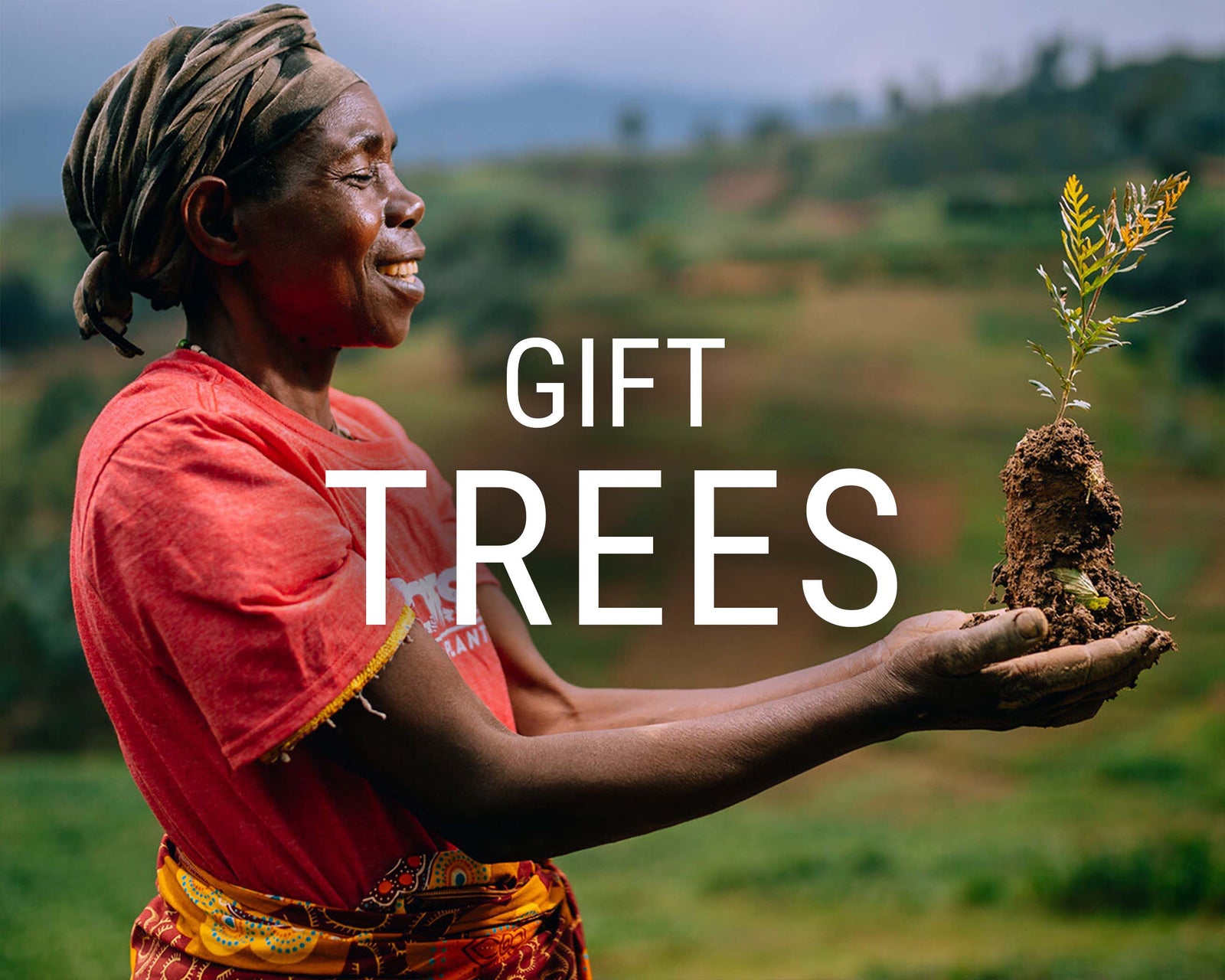
Give the gift that lasts a lifetime! Choose an image, write your personalized message and select a delivery date to gift a tree. Gift a tree
Get Involved
Plant Trees
Orcas, Salmon, and Trees: A Film & Conservation Initiative

Get news, updates, & event Info delivered right to your inbox:
Plant a Tree, Help an Orca
Southern Resident orcas, often referred to as killer whales, are an icon of the Pacific Northwest. Swimming the waters off the coast of North America from California to British Columbia, the black and white whales are one of the most recognizable and beloved marine animals in the world.
Sadly, there are only 75 Southern Resident orcas remaining, which makes them an endangered species — and they are starving. Thankfully, ongoing conservation efforts involving One Tree Planted and Promise the Pod are drawing the connection between restoring the forests of the Pacific Northwest and helping the orcas. By repairing critical watersheds and planting lots of trees, conservationists hope to bring back the orcas from the brink of extinction.
What connects trees and orcas? It all comes down to what they eat: salmon.
Bring Back the Chinook Salmon!
One of the biggest threats to the orca is an ever-decreasing supply of fatty, healthy, plentiful salmon. For thousands of years, the Southern Resident orca population has relied primarily on chinook salmon as a staple of their diet, amounting to some 80% of their caloric intake. As the orca migrate North and South along the Pacific coast, they feed on the nutrient-dense salmon coming downstream from the numerous rivers and streams that flow into the Pacific — and they need a lot of it!
Scientists estimate that it takes over 700 chinook salmon to feed the entire current Southern Resident orca population every single day. However, once an abundant source of food, chinook salmon stocks have collapsed over the last 150 years. Today, just a little more than 1/2 of the historic Northwest chinook salmon populations remain.
Human interference, including fish hatcheries, dams, dykes and levees, logging, overfishing, pollution, and highway construction, are all impeding the salmon’s ability to spawn and survive — not to mention climate change impacts like warming ocean temperatures.
With all of these changes to their habitat, the number of chinook salmon traveling from the Pacific Ocean upstream to their spawning grounds — and eventually returning to the ocean, where the orca feed upon them — has been steadily diminishing for decades. But there's a way to improve this… by planting trees!
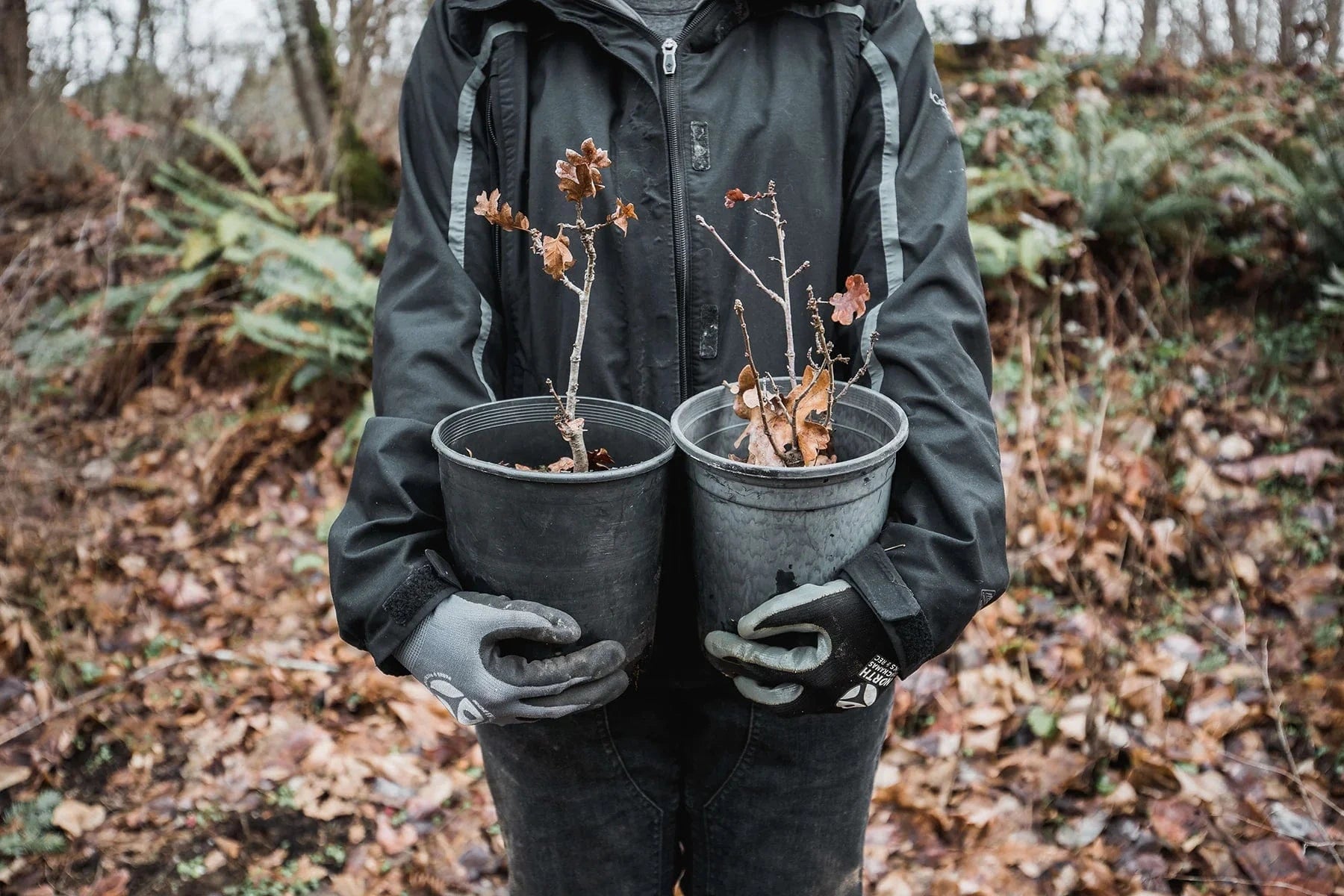
The Benefit of Trees Is Undeniable
Tree planting and restoring riparian zones (the areas where land meets a river or stream) across the Pacific Northwest is a simple and effective solution for protecting salmon stocks and ensuring the orca can rely on chinook salmon for years to come. Planting trees has a number of ecosystem benefits that in turn benefit the salmon and, ultimately, the orca.
Topping that list? Improved water quality: the rivers and streams the salmon populate are filled with pollution. As the salmon feed and grow in these waters, they store pollutants in their tissue until they return to the ocean and are consumed by hungry orcas. Those contaminants are then passed on to the whales, making them more vulnerable to disease and reproductive issues.
Sadly, orcas are one of the most polluted marine mammals in the world. When trees are planted along the banks of the freshwater rivers and streams that form salmon spawning grounds and migration routes, they can help filter out toxins as stormwater runoff seeps through the soil and into water bodies.
This not only improves salmon survivability, but also improves the quality and quantity of food available to the orca.
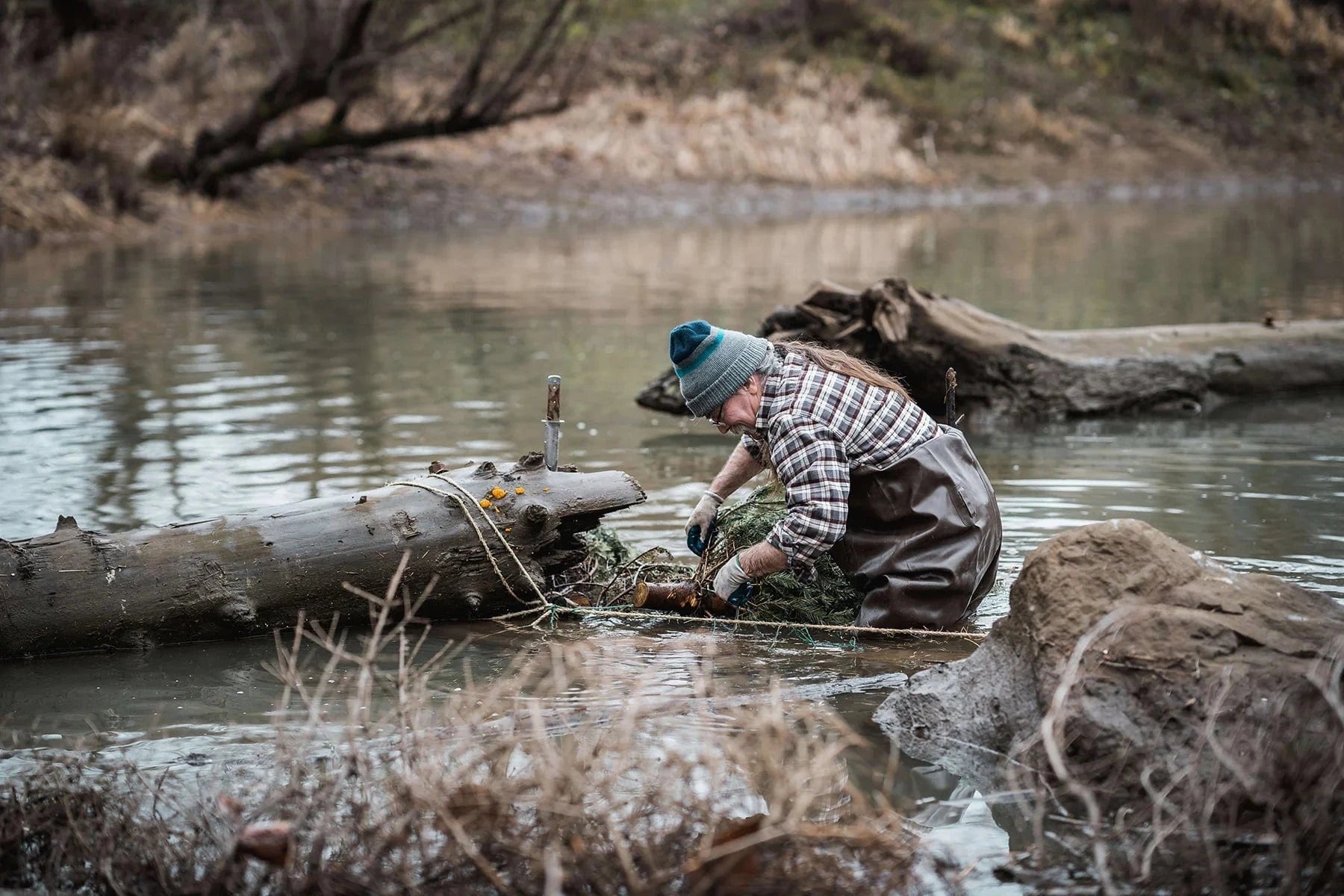
How Planting Trees Helps the Orcas
It may feel like a mental leap to connect oceans and forests, but in the longer-term, the benefits of tree planting for salmon and orca becomes much more apparent. As the trees grow and their roots spread, the banks of the rivers solidify, protecting against erosion. Trees help to keep the river water clear of excessive sediment so that salmon can spawn.
Trees also help provide important nutrients for the young salmon as they grow. And leaves, needles, and woody debris falling into the river create habitat for the insects that salmon feed on, helping them fatten up for the long journey downstream to the Pacific Ocean.
As the trees mature and the forest canopy thickens, it provides critical shade for salmon spawning grounds. Salmon eggs need to be kept cool — and without adequate shade from vegetation on the banks of the river, water temperatures will rise, reducing the chances the eggs have to develop and hatch.
Even dying and fallen trees on the banks of the river benefit salmon. Branches and trees that fall into the water help to slow down its flow, making it easier for the salmon to lay their eggs without them getting immediately washed away. Planting trees today means the debris created in the future ensures the salmon will have plenty of spots to lay their eggs.
The trophic cascade brought on by planting trees is undeniable. Balancing an ecosystem is a major part of ensuring that critical species survive — and planting trees is a great place to start!
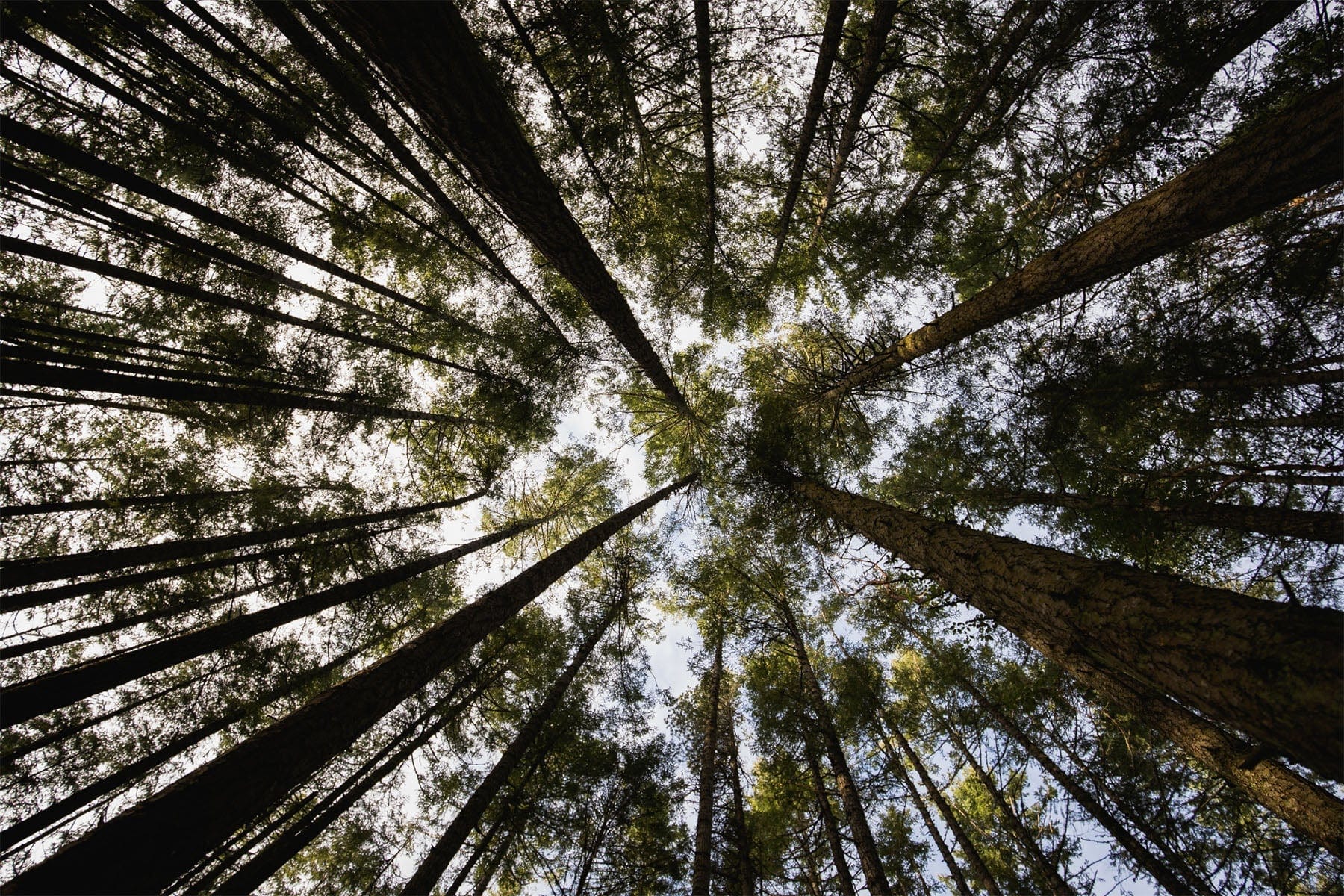
Trees Can't Do It All On Their Own
We know that protecting species from going extinct is much more complex than just planting trees. Orca are affected by many other factors (like ship traffic and ocean pollution), so there's no doubt that other steps must be taken to ensure their survival.
That being said, planting trees to restore critical salmon habitat will go a long way towards ensuring that the orca have enough healthy, toxin free food to eat — and it’s an action that can be taken today. So what are you waiting for? Plant a tree for orcas today!
Get news, updates, & event Info delivered right to your inbox:
Meaghan Weeden
Meaghan works to share our story far and wide, manages our blog calendar, coordinates with the team on projects + campaigns, and ensures our brand voice is reflected across channels. With a background in communications and an education in environmental conservation, she is passionate about leveraging her creativity to help the environment!
Related Posts
Good News! 6 Positive Environmental Stories from April 2024
25/04/2024 by Gabrielle Clawson
8 Reasons to Plant Trees in Cities
23/04/2024 by One Tree Planted
Planting Trees in Mexico for Monarch Butterfly Habitat
18/04/2024 by Meaghan Weeden
Popular On One Tree Planted
5 Causes of Deforestation
15/02/2024 by Meaghan Weeden
Inspirational Quotes About Trees
23/01/2024 by Meaghan Weeden
How to Reduce Waste: 21 Ideas for Zero Waste Living
16/01/2024 by Meaghan Weeden





